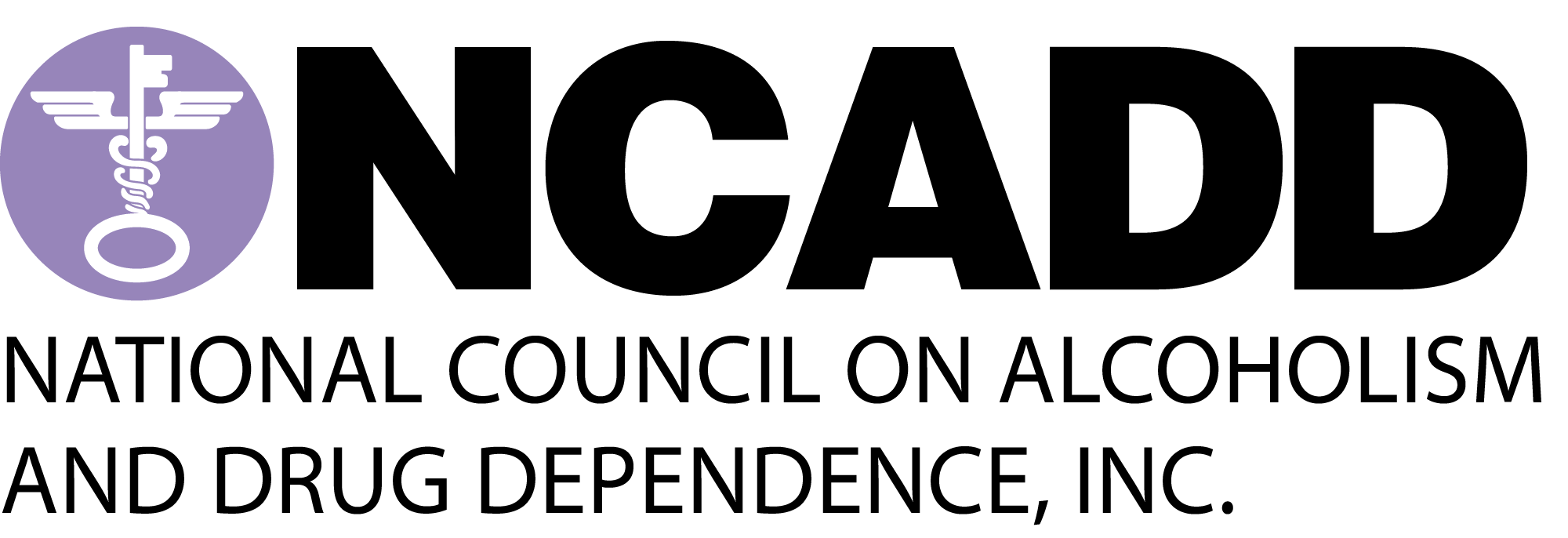Taking prescription drugs not prescribed for you by a doctor or in a way that hasn’t been recommended by a doctor, can be more dangerous than you think. In fact, it can be fatal.
Prescription drugs are the third most commonly abused category of drugs, behind alcohol and marijuana and ahead of cocaine, heroin, and methamphetamine. Some prescription drugs can become addictive, especially when used in a manner inconsistent with their labeling by someone other than the patient for whom they were prescribed, or when taken in a manner or dosage other than prescribed. (See here for more information on prescription drugs with potential for abuse.) Overall, an estimated 48 million people have abused prescription drugs, representing nearly 20% of the U.S. population.
People of all ages abuse prescription drugs for a number of reasons, including:
- To feel good or get high
- To relax or relieve tension (painkillers and tranquilizers)
- To reduce appetite (stimulants)
- To experiment
- To be accepted by peers (peer pressure) or to be social
- To be safe — it’s a false belief that prescription drugs are safer than street drugs
- To be legal — it’s a mistaken thought that taking prescription drugs without a prescription is legal
- To feed an addiction
The prescription drug medications that are most commonly abused include:
- Pain relievers
- Tranquilizers and sedatives
- Stimulants
What Are Prescription Pain Relievers?
Prescription pain relievers include the opioid class of drugs, such as hydrocodone (i.e., Vicodin), oxycodone (i.e., OxyContin), morphine, fentanyl and codeine. Opioids work by mimicking the body’s natural pain-relieving chemicals, attaching to receptors in the brain to block the perception of pain. Opioids can produce drowsiness, nausea, constipation, and slow breathing. Opioids also can induce euphoria by affecting the brain regions that mediate what we perceive as pleasure.
Dangers when abused:
- Highly addictive
- Can slow one’s breathing to dangerous levels, including accidental overdose
- Particularly dangerous when used in combination with alcohol
What Are Tranquilizers and Sedatives?
Tranquilizers and sedatives are central nervous system depressants, such as Xanax, Valium, and Librium, which are often prescribed to treat anxiety, panic attacks and sleep disorders. Central nervous system depressants, known as barbiturates and benzodiazepines, slow normal brain function to produce a drowsy or calming effect.
Dangers when abused:
- Can slow breathing and heartbeat, especially if combined with other prescriptions, alcohol, or over-the-counter (OTC) cold and allergy medications
- Can lead to withdrawal and seizures when discontinued after prolonged use
What Are Stimulants?
Stimulants such as Ritalin, Adderall and Dexedrine increase alertness, attention and energy and are often prescribed for health conditions such as attention-deficit/hyperactivity disorder, narcolepsy and depression. Stimulants enhance the effects of norepinephrine and dopamine in the brain, increase blood pressure and heart rate, constrict blood vessels, and open up the pathways of the respiratory system. They can also produce a sense of euphoria.
Dangers when abused:
- Addictive
- Can create extremely high body temperature
- Can cause seizures/irregular heartbeat
Recognizing prescription drug abuse, symptoms include:
- Stealing, forging or selling prescriptions
- Taking higher doses than prescribed
- Excessive mood swings
- Increase or decrease in sleep
- Poor decision-making
- Appearing to be high, unusually energetic or revved up, or sedated
- Continually “losing” prescriptions, so more prescriptions must be written
- Seeking prescriptions from more than one doctor
Mixing alcohol and prescription drugs
- Mixing alcohol with certain medications can cause nausea and vomiting, headaches, drowsiness, fainting or loss of coordination. It can also put you at risk for internal bleeding, heart problems, and difficulties in breathing. In addition to these dangers, alcohol can make a medication less effective or even useless, or it may make the medication harmful or toxic to your body.
- Certain medicines contain up to 10% alcohol. Cough syrup and laxatives may have some of the highest alcohol concentrations.
- Older people are at particularly high risk for harmful alcohol – medication interactions. Aging slows the body’s ability to break down alcohol, so alcohol remains in a person’s system longer. Older people also are more likely to take a medication with alcohol, in fact, they often need to take more than one of these medications.
Alarming Trends in Prescription Drug Use
Seniors and Elderly: Seniors and the elderly are at significant risk for prescription drug abuse in which they intentionally or unintentionally take too much medication or medications that are not medically necessary. In addition, a large percentage of older adults also use over-the-counter (OTC) medicines and dietary supplements, sometimes in combination with alcohol, increasing the potential for negative drug interactions and cognitive impairment.
Adolescents/Teens: The non-medical use of prescription drugs has been rising steadily for adolescents, particularly in the area of prescription pain relievers, anti-anxiety medications, stimulants and steroids. With a greater number of prescriptions being written, such drugs are more widely available (including parents’ prescriptions) and abusers may mistakenly believe that such drugs, because they come from a doctor, are safer to take than street drugs. The possible combination with alcohol significantly increases the risk of accidental overdose.
Young Women: Overall, men and women have roughly similar rates of prescription drug abuse, though an exception is found among 12- to 17-year-olds. In this age group, young women are more likely than men to misuse psychotherapeutic drugs. In addition, research has shown that women are at increased risk for non-medical use of painkillers and tranquilizers.
Treatment and Recovery from Prescription Drug Addiction
Addiction to any drug (illicit or prescribed) is a disease that, like other chronic diseases, can be treated. In fact, millions of people are living in long-term recovery. No single type of treatment is appropriate for all individuals addicted to prescription drugs. Treatment must take into account the type of drug used and the needs of the individual and may need to incorporate several components, including detoxification, counseling, and, in some cases, the use of pharmacological therapies as well as mutual aid/self help and recovery support.
